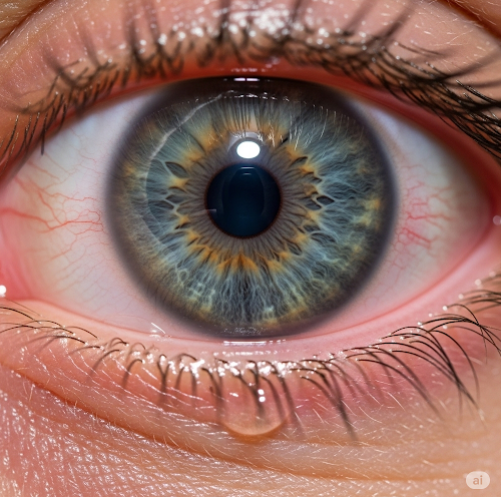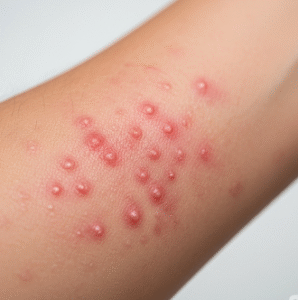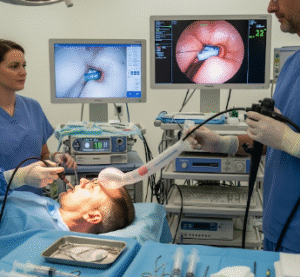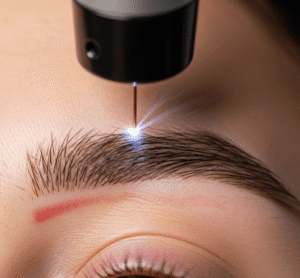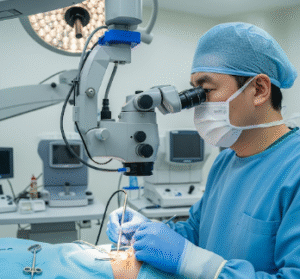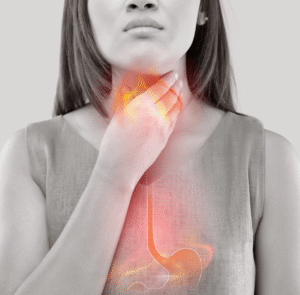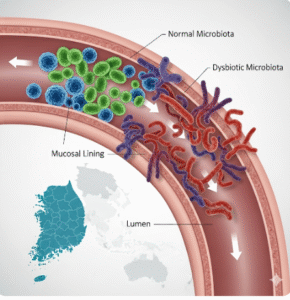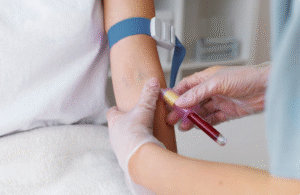Overview
Photokeratitis is a painful eye condition caused by acute overexposure to ultraviolet (UV) radiation. Often referred to as “sunburn of the eye” or “snow blindness,” it damages the corneal surface (the transparent front part of the eye), resulting in temporary vision loss, redness, and intense discomfort. It’s a preventable but potentially serious condition, especially in people frequently exposed to strong UV light, such as skiers, welders, or beachgoers.
What is Photokeratitis?
Photokeratitis is an inflammation of the cornea due to intense UV exposure. Unlike cumulative UV damage, photokeratitis results from sudden and short-term overexposure. The condition is similar to a sunburn but affects the eye’s surface rather than the skin. It typically develops a few hours after exposure and can last up to 48 hours. While temporary, severe cases can cause corneal erosion and require medical attention.
Symptoms
Symptoms usually appear within 6 to 12 hours after UV exposure and may include:
- Severe eye pain or burning sensation
- Red, bloodshot eyes
- Blurred vision
- Excessive tearing or watery eyes
- Sensitivity to light (photophobia)
- Gritty or sandy feeling in the eyes
- Swollen eyelids
- Headache
- Temporary vision loss or seeing halos around lights
Symptoms usually affect both eyes and resolve within 24–48 hours with proper treatment.
Causes
Photokeratitis is caused by excessive exposure to UV radiation, particularly UV-B rays. Common causes include:
- Sunlight reflected off snow, water, sand, or concrete
- Welding without proper eye protection (welders’ flash)
- Direct viewing of solar eclipses or sun-gazing
- Exposure to tanning beds or sunlamps
- High-altitude outdoor activities without UV-protective eyewear
- UV sanitization lamps in industrial or medical settings
Risk Factors
People more likely to develop photokeratitis include:
- Skiers, snowboarders, and mountain climbers
- Welders and metalworkers
- People spending long hours at the beach or on water
- Those who use tanning beds frequently
- Individuals not wearing UV-blocking sunglasses or goggles
- Residents or travelers in high-altitude areas
- Pilots and aircrew members
- Children and elderly (more sensitive eyes)
Complications
While photokeratitis is usually self-limiting, complications can occur if not managed properly:
- Corneal epithelial damage
- Corneal ulceration or infection in severe or untreated cases
- Chronic photophobia
- Repeated exposure may increase the risk of cataracts or macular degeneration later in life
- Impaired vision during recovery, increasing risk of accidents
Prevention
Preventing photokeratitis requires proper UV protection for the eyes:
- Wear UV-blocking sunglasses that filter 99–100% of UVA and UVB rays
- Use wraparound or polarized eyewear to block side glare
- In snowy or high-altitude environments, use ski goggles with UV protection
- Welders should always wear proper safety goggles or face shields
- Avoid direct exposure to sunlight during midday hours
- Refrain from looking directly at UV lights or solar events without protection
- Use hats or visors to reduce sunlight exposure to the eyes
Treatment Options in Korea
South Korea offers world-class ophthalmologic care for conditions like photokeratitis. Treatment typically focuses on symptom relief and healing, including:
- Lubricating eye drops (artificial tears) to soothe irritation
- Antibiotic eye drops or ointments to prevent secondary infection in severe cases
- Cold compresses to reduce swelling and pain
- Pain relievers (oral or topical) for severe discomfort
- Avoiding further UV exposure during the healing period
- Patching may be used temporarily to reduce light sensitivity (in some cases)
- Follow-up care: Korean eye hospitals provide advanced diagnostic imaging to check for deeper corneal damage
- Emergency ophthalmology services: Available in most major hospitals, including English-speaking clinics for international patients
Major cities such as Seoul, Busan, and Incheon have highly equipped eye hospitals and specialized cornea clinics, making Korea an ideal destination for fast and effective treatment for UV-related eye conditions.

